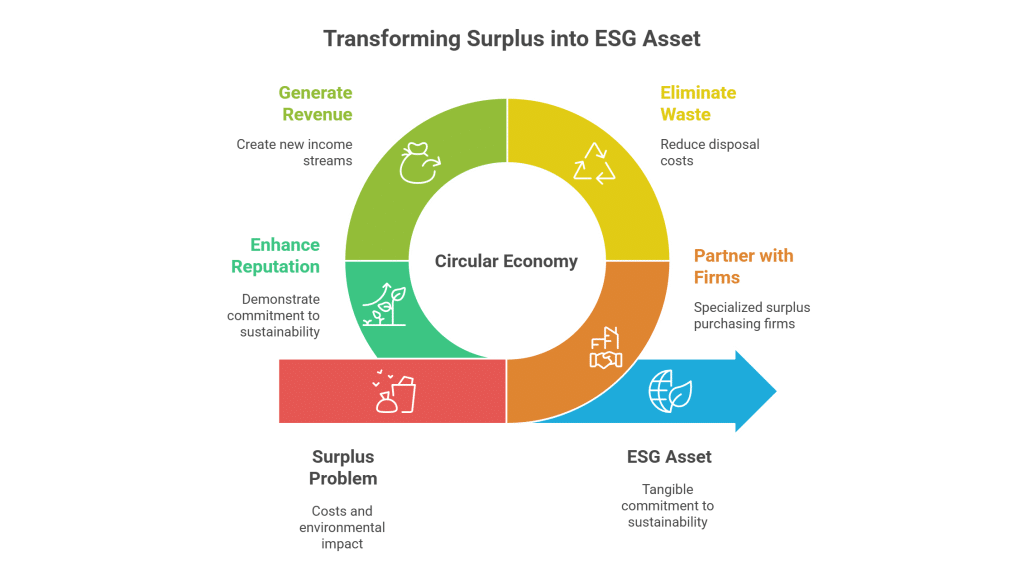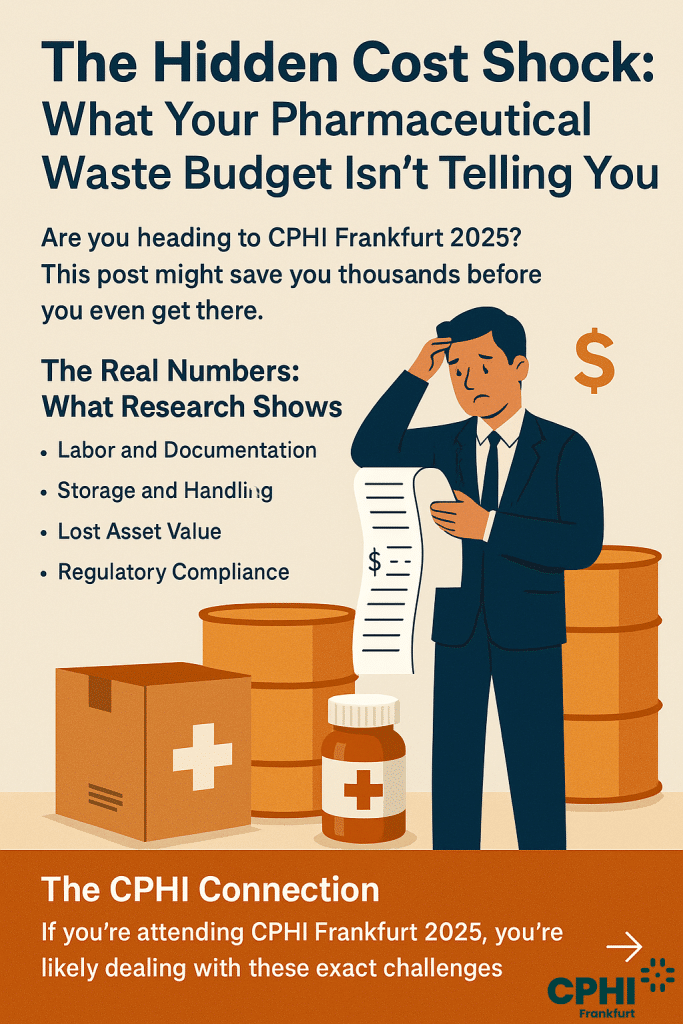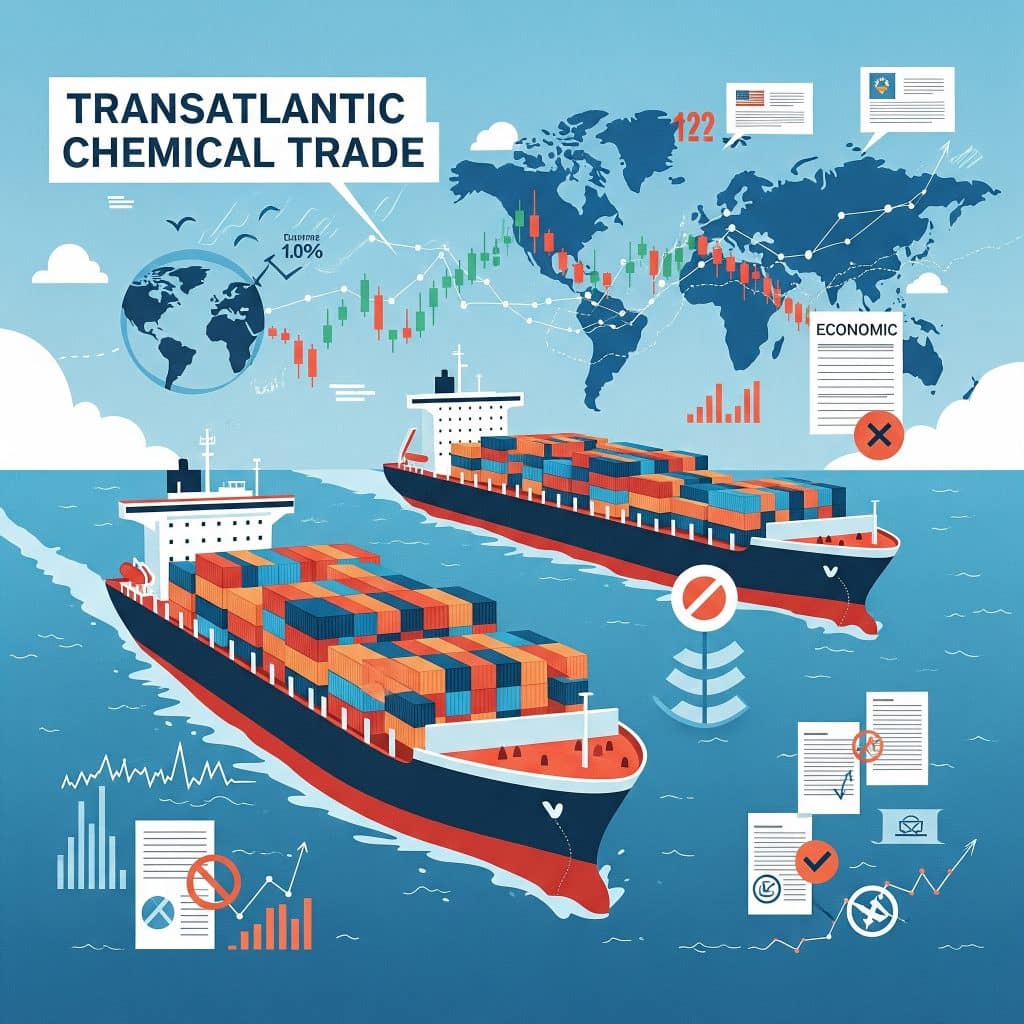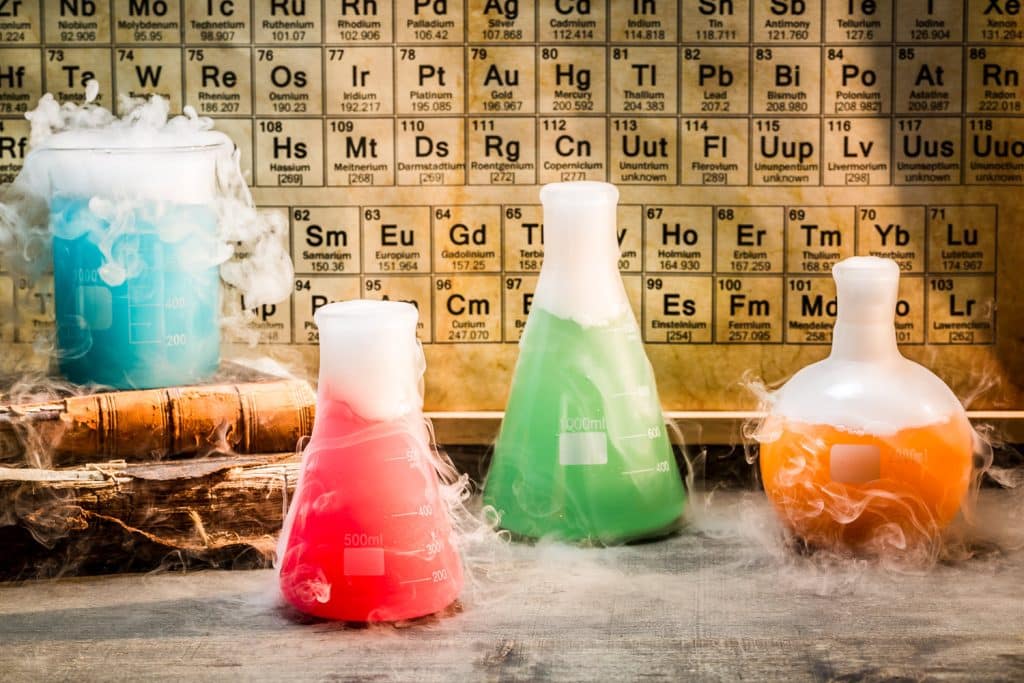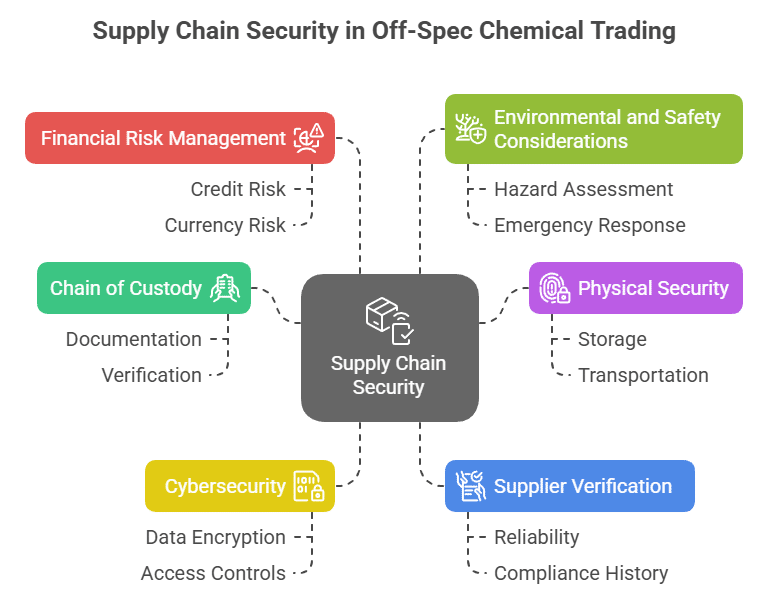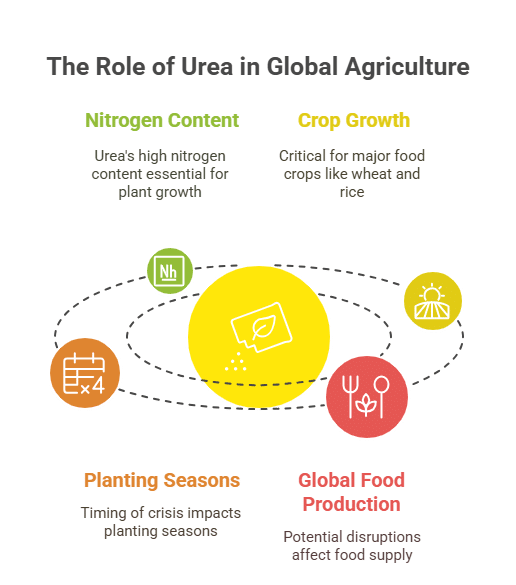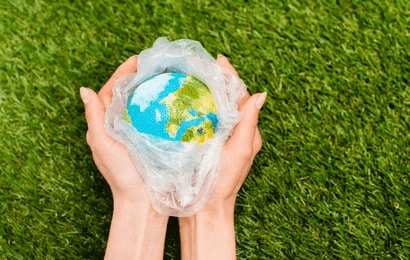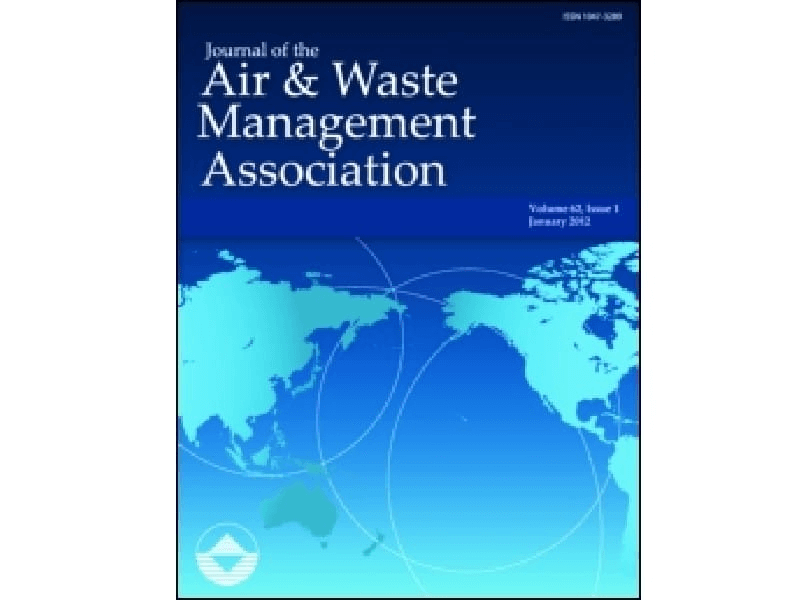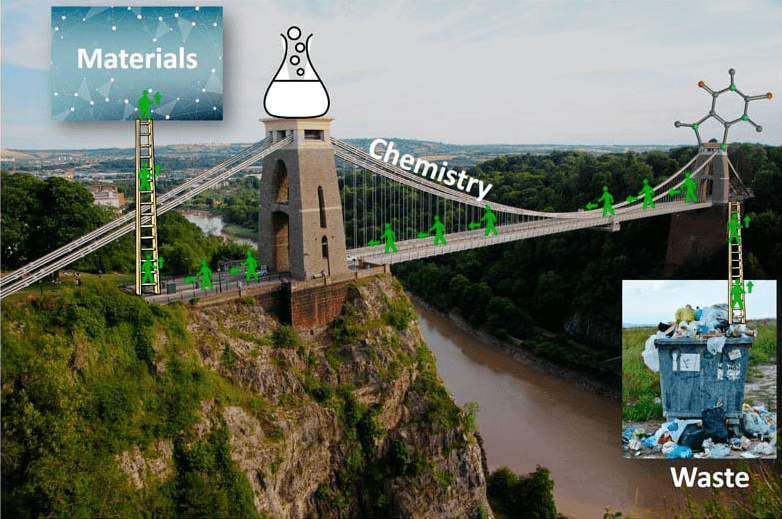Maximizing Profit and Sustainability with Sodium Zirconate in Ceramics & Catalysts
Sodium Zirconate is an inorganic zirconium compound known for its unique physicochemical properties, making it particularly valuable as a surplus inventory material in the ceramics and catalysts sector. This chemical is renowned for its stability and resistance properties, which enable its use in high-performance ceramic applications and catalytic processes. Its robust nature and inherent durability allow surplus stocks to maintain their utility, even after long-term storage, making them ideally suited for cost-effective reallocation.
Sodium Zirconate in Ceramics & Catalysts – Unlock Surplus Value
The modern market sees companies not just as users but also as savvy traders of surplus chemicals like Sodium Zirconate. By buying and selling excess sodium zirconate, businesses benefit from substantial cost savings, improved storage efficiency, and enhanced environmental sustainability. This practice not only allows companies to reduce disposal costs and avoid burdensome regulations, but also unlocks revenue streams from inventory that would otherwise depreciate in value. Embracing this dynamic market approach means meeting both economic targets and green commitments, thereby supporting a circular economy where every chemical asset is given optimal lifecycle value.
Sodium Zirconate in Ceramics & Catalysts: Driving Innovation and Efficiency
For buyers in the ceramics and catalyst sectors, acquiring surplus Sodium Zirconate means cost savings on high-quality raw materials. Reliable sourcing of this chemical provides a safety net for production planning, ensuring that high-demand manufacturing processes remain uninterrupted while supporting green initiatives by minimizing waste.
Sellers benefit by converting idle inventory into liquid assets, thereby reducing storage burdens and disposal liabilities. By offloading surplus Sodium Zirconate, companies not only achieve cost recovery but also contribute to sustainability efforts, avoiding the environmental impacts and penalties associated with improper disposal.
Table of Contents
Case Study: Revitalizing Surplus Sodium Zirconate in the Ceramics Sector
A leading ceramics manufacturer recently faced a challenge with excess Sodium Zirconate stored in their warehouses due to a downturn in demand. Instead of incurring high disposal fees and regulatory penalties, the company opted to sell their surplus inventory through a specialized trading platform. By doing so, they not only recovered significant costs but also established a reliable supply channel with a new partner who repurposed the chemical for high-quality ceramic production. The collaboration led to improved production efficiency and a notable boost in product performance, proving that surplus chemicals can be converted into valuable assets rather than liabilities.

